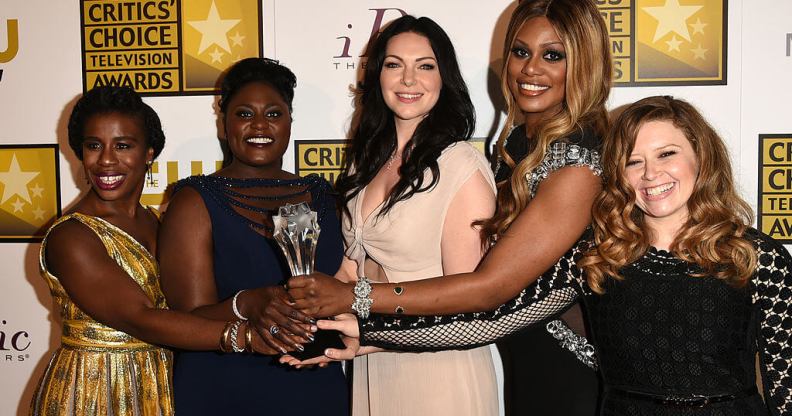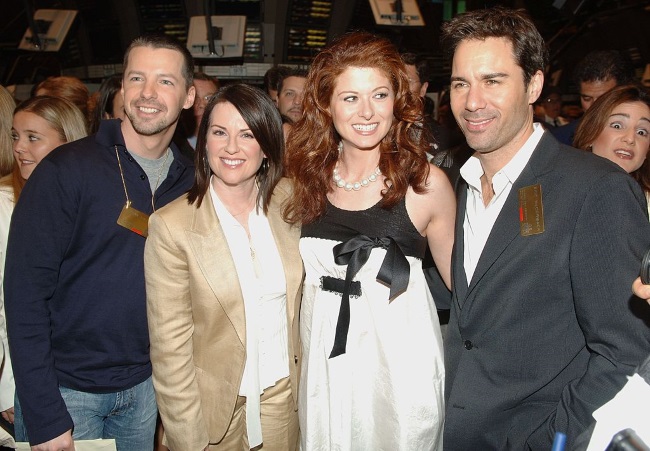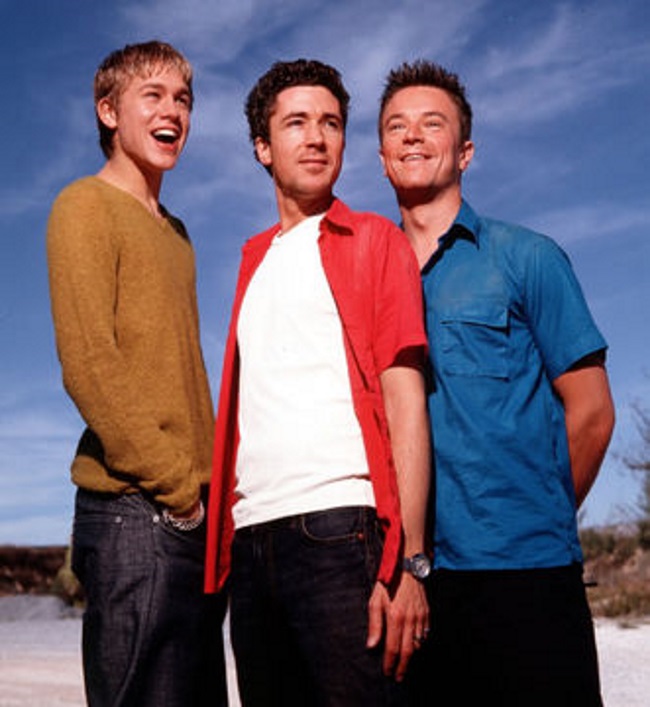Overwhelming majority think there aren’t enough LGBT characters on TV or in films

Nine in ten people think there isn’t enough LGBT representation in films, TV shows or other popular culture.
And although all but a single respondent said they had seen themselves reflected in some way, more than one in six said no depiction had properly represented them, according to a PinkNews survey.
Emphasising how important it is to see your sexuality or gender portrayed in pop culture, one in five people gave extremely similar answers about how the first time felt.
“I grew up in a Catholic education, I felt like I was the only one. I honestly didn’t want to be gay, I eventually accepted it with the help of realising I was not the only lesbian out there!”
Completely independently, all these respondents included in their answer the sudden realisation that they weren’t alone – that there were others like them out there.
One said the experience felt “amazing – like I wasn’t alone and I could finally justify my sexuality to others, because it was right there on the screen.”
Queer As Folk was the show people most often first saw themselves in and which respondents said has represented them best.
Brookside, a Liverpool-based soap which ran on Channel 4 from 1982 until 2003, was the next most popular programme for people’s first time.
In 1994, the groundbreaking show featured a lesbian kiss between characters Beth Jordache and Margaret Clemence, sparking national debate.
Willow in Buffy the Vampire Slayer, 00s show The L Word and Will and Grace – which is getting a revival – all received multiple honourable mentions, as did many current programmes.
“I finally understood myself. That it was okay and normal for me to be feeling the way I did. That my sexuality was valid and it was possible to live a happy full life as a bisexual person.”
People in their 20s and even 30s calling on Orange Is The New Black, Crazy Ex-Girlfriend, Doctor Who and the latest Ghostbusters film demonstrates the ongoing importance of representation.
Musicians George Michael, Mark Almond and Boy George were also held up as celebrities who had made a difference to people simply by being culturally visible.

In a snapshot of how sparse LGBT representation has been through the years, one of those surveyed said they had to wait until the 1980s, when they were 47, to see themselves in a character.
And another said simply that they were “still waiting”.
“It’s only when trying to answer these questions that I realise how rare a bi character who doesn’t make a huge deal about it is.”
Most people were 10 to 20 years old when they saw someone who was like them, though a lucky nine percent of respondents were under 10.

More than half first saw themselves represented in popular culture during the 90s or 00s, with nearly a quarter answering with the current decade.
“I’ve never felt that something was wrong with me, but seeing people who were like me meant there were people to connect with, and more to explore.”

